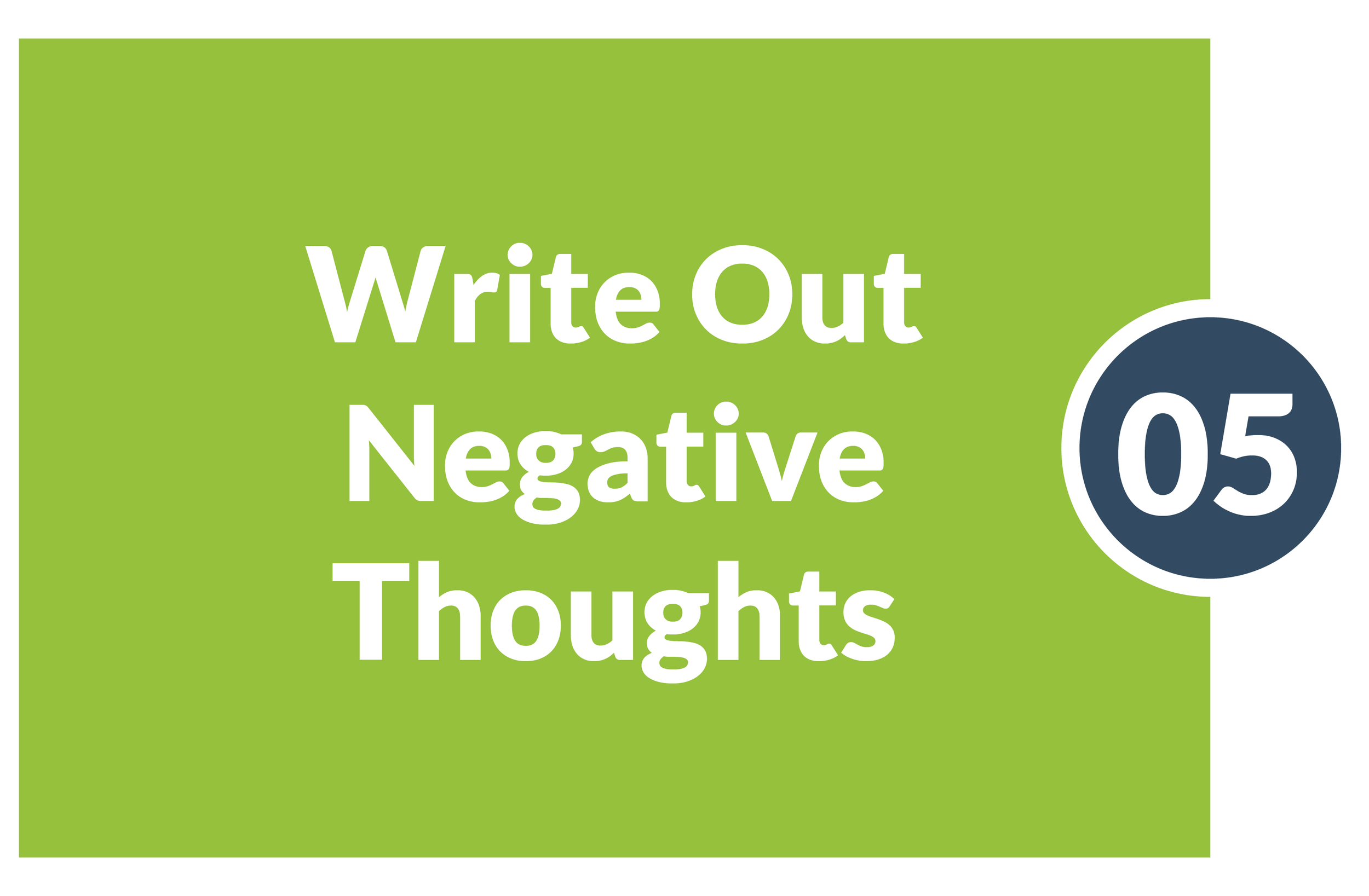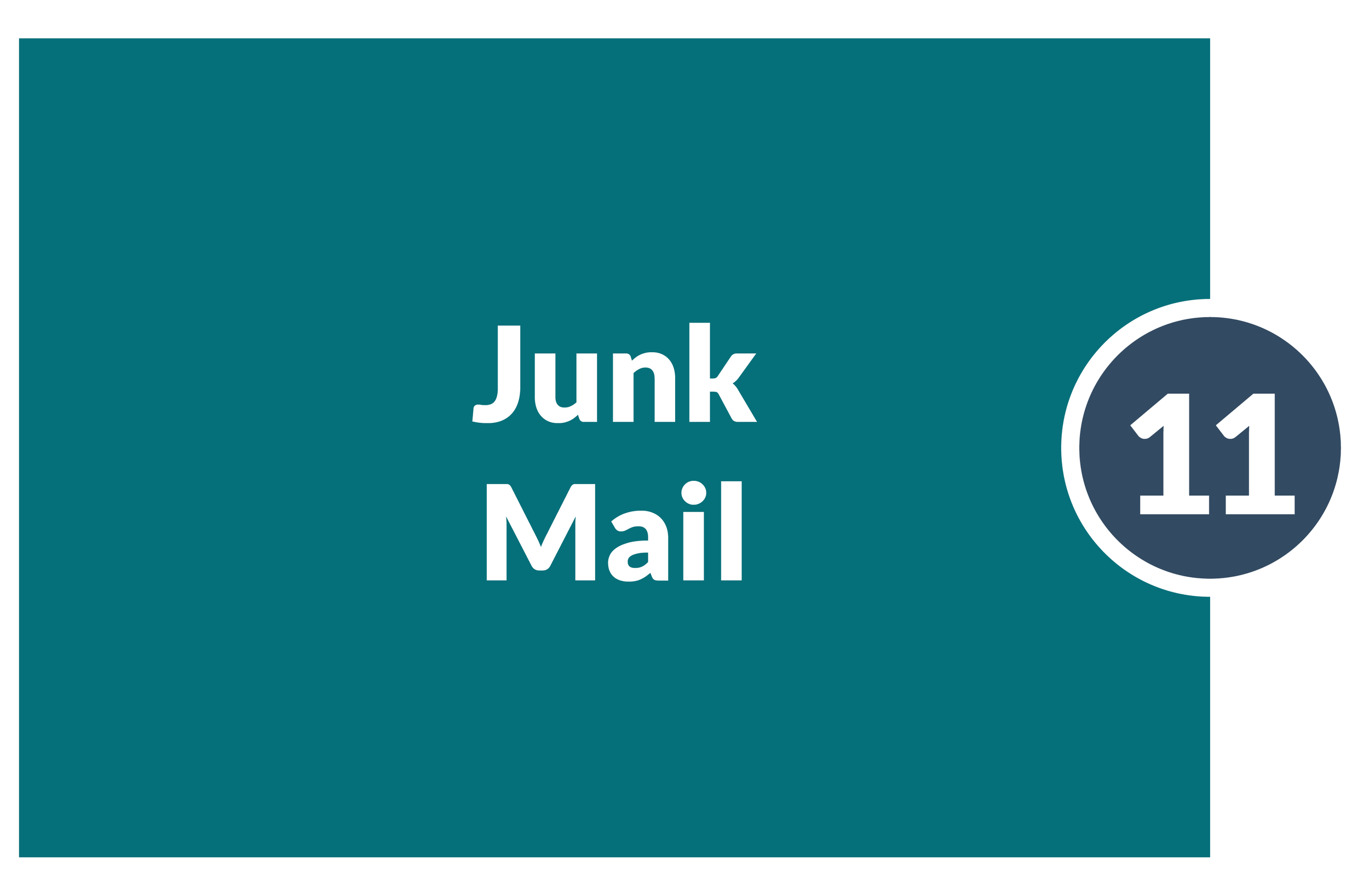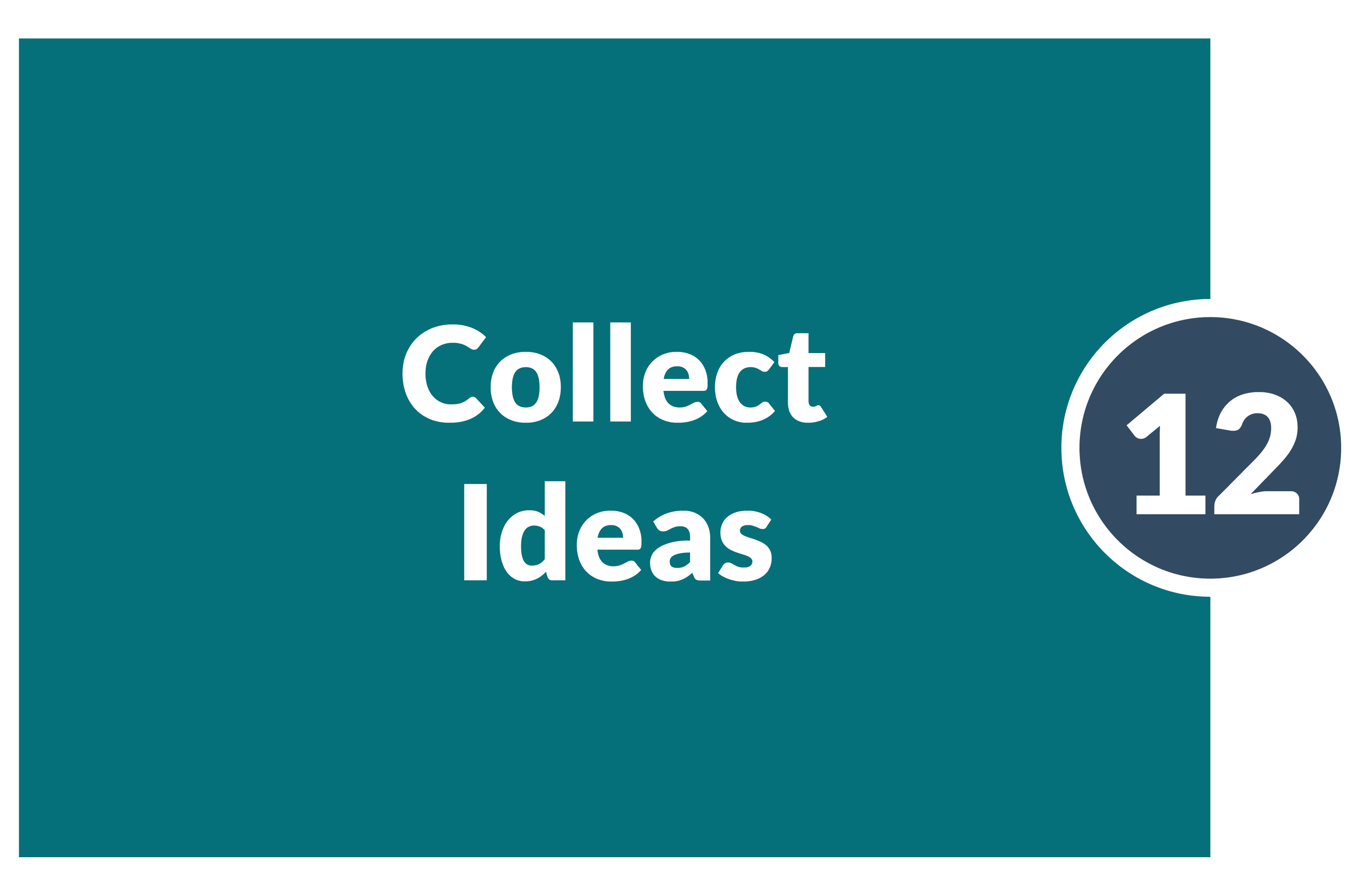14 Day Emotional Intelligence (EQ) Workout
Emotional Intelligence (EQ) is all about helping you notice your emotional energy and making choices to react to what is happening to you in a way that fosters long term personal growth. This is a muscle we can exercise and strengthen with a little work. People have an average of 80 experience each year that, if they noticed and acknowledge them, are personal growth opportunities. Most people only identify and act on 3 of those. Many times people may avoid the negative emotions or pretend everything is ok.
These 14 exercises will help you acknowledge your emotions and exercise your EQ muscles.
Write out your fears, and confront them head-on. Zero in on and write down those negative thoughts that are preventing you from realizing your goal under the word ‘TICK.’ Sit quietly and examine the negatives. Learn how you are irrationally twisting things and blowing them out of proportion. Next, write an objective, positive thought for each subjective negative one under the word ‘TOCK.’ Substituting positive factors will allow you to succeed.
Get in the habit of remembering your successes, your good qualities, and characteristics. Avoid thinking about your failures.
Try this: Record all the things you like about yourself, and add to it as often as you think of something.
Hold a picture of yourself long and steady enough in your mind’s eye and you will become that picture. Picture yourself vividly as winning and that alone will contribute to your success.
In order to visualize yourself as creative, you must believe it. An affirmation is a positive statement that you write about yourself, for example ‘I am creative.’ Write several of these. Then take one of the affirmations and say it out loud in first, second, and third person:
Example: I, Lisa, am a creative person. Lisa is a creative person. You, Lisa are gifted with creativity...
Whenever you are plagued by negative thoughts, write them down on the other side of your affirmation or another piece of paper. Then, return to writing positive affirmations.
Look at your negatives that are actually obstacles to being creative. Rewrite the negative affirmations to make them positive, for example, “I am not creative” could be rewritten as “others don’t know me very well, but I am exciting, not dull.”
When you expect to be creative you will influence your brain to be creative. Once you believe you are creative, you will believe in the worth of your ideas, and you will have the persistence to implement them.
If you act like an idea person, you will become one. It is the intention and going through the motions of being creative that counts. Having a quota will force you to actively generate ideas and alternatives rather than waiting for them to occur to you.
Find five new ideas every day for a week and add to a list.
Paying attention to the world around you will help you develop a capacity to look at mundane things and see the miraculous. An idea can be found anywhere. What you find by paying attention will always lead to something.
Deliberately make program changes in your daily life. Make a list of things you do by habit. Most of the items will probably be those little things that make life comfortable, but also make it unnecessary for you to think. One by one, consciously try to change some for the day. Drive another way home.
Save up your junk mail for a week or more. Look through it for patterns and trends that alert you to changes you can make. Do you have subscriptions that need to be cancelled? Or maybe you should sign up for online delivery of bank statements to reduce risk for identity theft.
Collect and store ideas like a pack rat. Keep a container of ideas and idea starters. Sometimes just pull two ideas out randomly to see if that triggers additional thoughts that might generate new ideas.
Notice how to make your thinking more FLUENT (number of ideas) and more FLEXIBLE (feeling at ease with creativity). Begin by making a list for all the possible uses for an umbrella and give yourself a time limit. Review for both Fluency and Flexibility. What did you learn?
Problems are often seeded with assumptions that hinder creativity. Reversing your assumptions broadens your thinking. Consider the assumption that banks loan money to people to buy land. Reverse this to people loaning land to banks? What ideas could come from this?
















